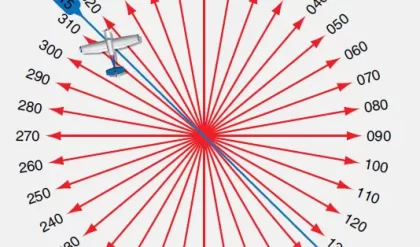Surface preparation and bonding techniques have been discussed under the following three topics namely:
1. Backing, base or carrier material.
2. Bonding material or cement.
3. Surface preparation and mounting of strain gauges.
Backing, Base or Carrier Material.
The purpose of providing the carrier/backing material in a strain gauge arrangement has been listed as follows;
1. The backing material provides support to the resistance wire (grid) of the strain gauge arrangement.
2. The backing material provides protection to the sensing resistance wire of the strain gauge arrangement. It also provides dimensional stability for the resistance wire of the strain gauge arrangement.
Characteristics Required for Backing Materials
1. The backing material should be an insulator of electricity.
2. The backing material should not absorb humidity, that is should be non-hygroscopic.
3. The backing material should be very thin.
4. It should go along with the adhesive material used to fix (bond) it on the structure under study.
5. It should not be affected by temperature changes.
6. It should be strong enough to transmit the force from the structure under study to the sensing resistance wire.
Bonding Materials or Cements (Adhesive)
The strain gauge has to be fixed (bonded) on the structure under study using an adhesive or paste. These adhesive are called as bonding material or cements.
The different adhesive, their composition and the temperature for which they can be used are shown in following table.
Adhesive, that is, Bonding Material Composition For Temperature
Thermoplastic cement Celluloid dissolved in acetone Upto 75’C
Thermosetting Cement Phenol resin From 150’C to 210’C
Special Ceramic – cement – Above 175’C
Characteristics Required
1. The characteristics required for a bonding material are listed.
2. The bonding material should be an insulator of electricity.
3. The bonding material should not absorb humidity, that is, it should be non-hygroscopic.
4. It should go along with the backing material so that the backing material is fixed (bonded) rigidly on the structure under study.
5. It should not be affected by temperature changes.
6. It should have good shear strength to transmit the force from the structure under study to the sensing resistive wire.
7. It should be easy to apply and should spread easily and should provide good bonding adhesion.
8. The bonding material should have a high creep resistance.
Surface preparation and mounting of strain gauges
The steps involved in preparing a surface to mount a strain gauge are listed:
1. The structure under study is made even and free from dust and dirt by rubbing with an emery sheet or by sandblasting.
2. The even surface is then cleaned by a volatile solution (acetone) using a cloth to remove oil/grease.
3. The bottom side of the backing (gauge carrier) is also cleaned by a solvent using a cloth.





Comments are closed.